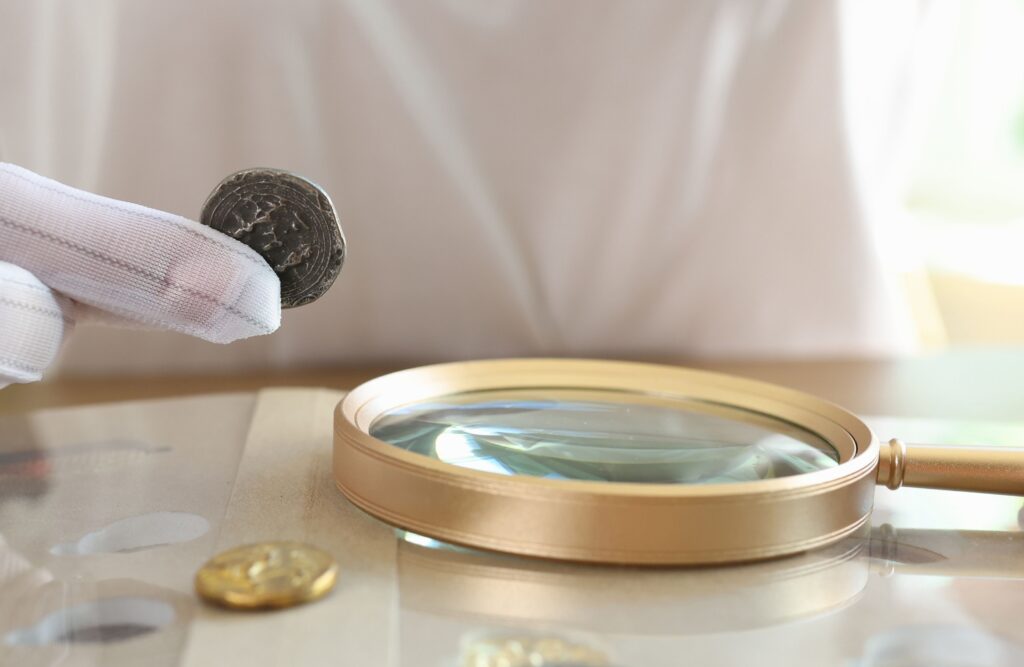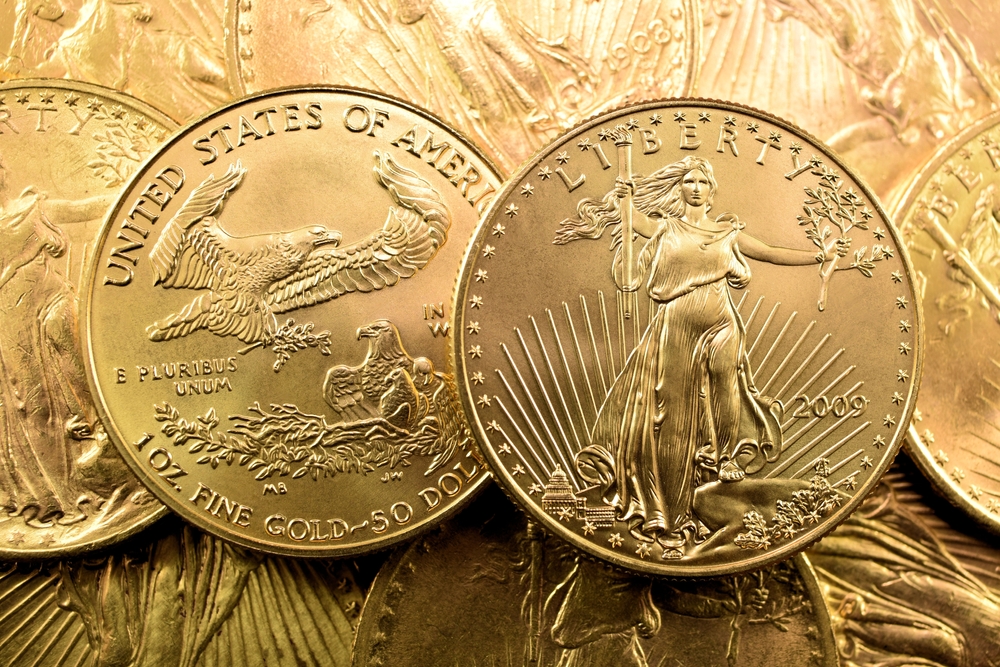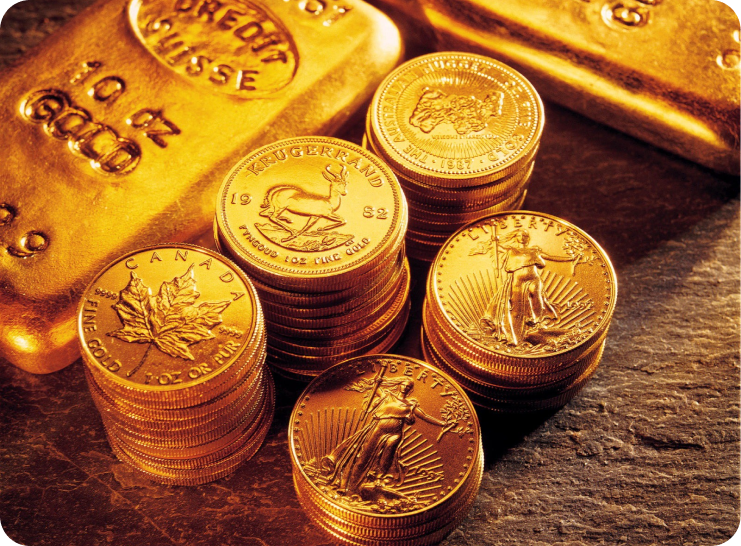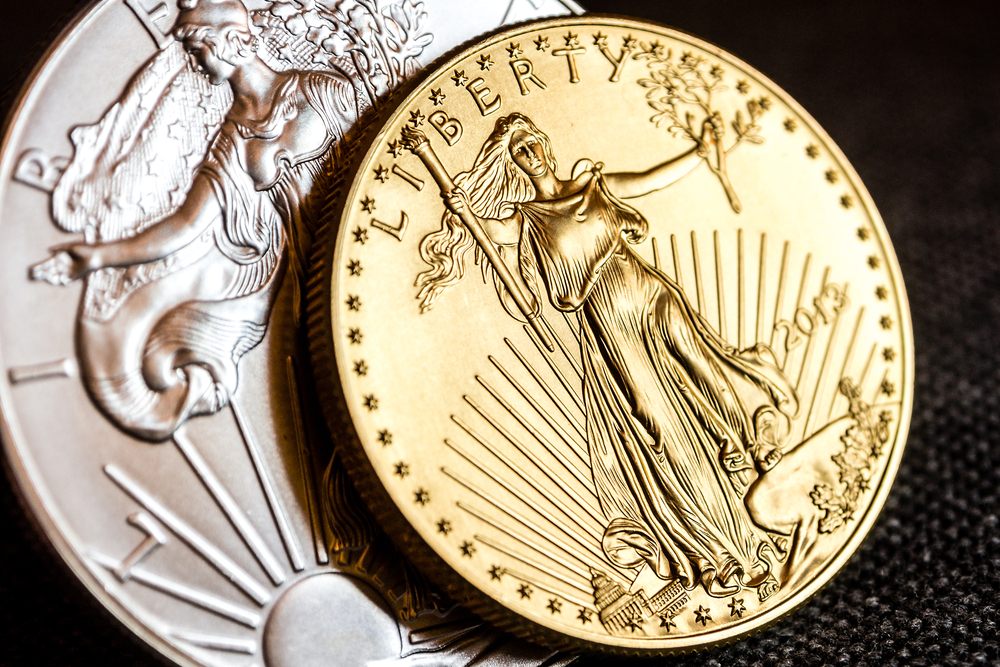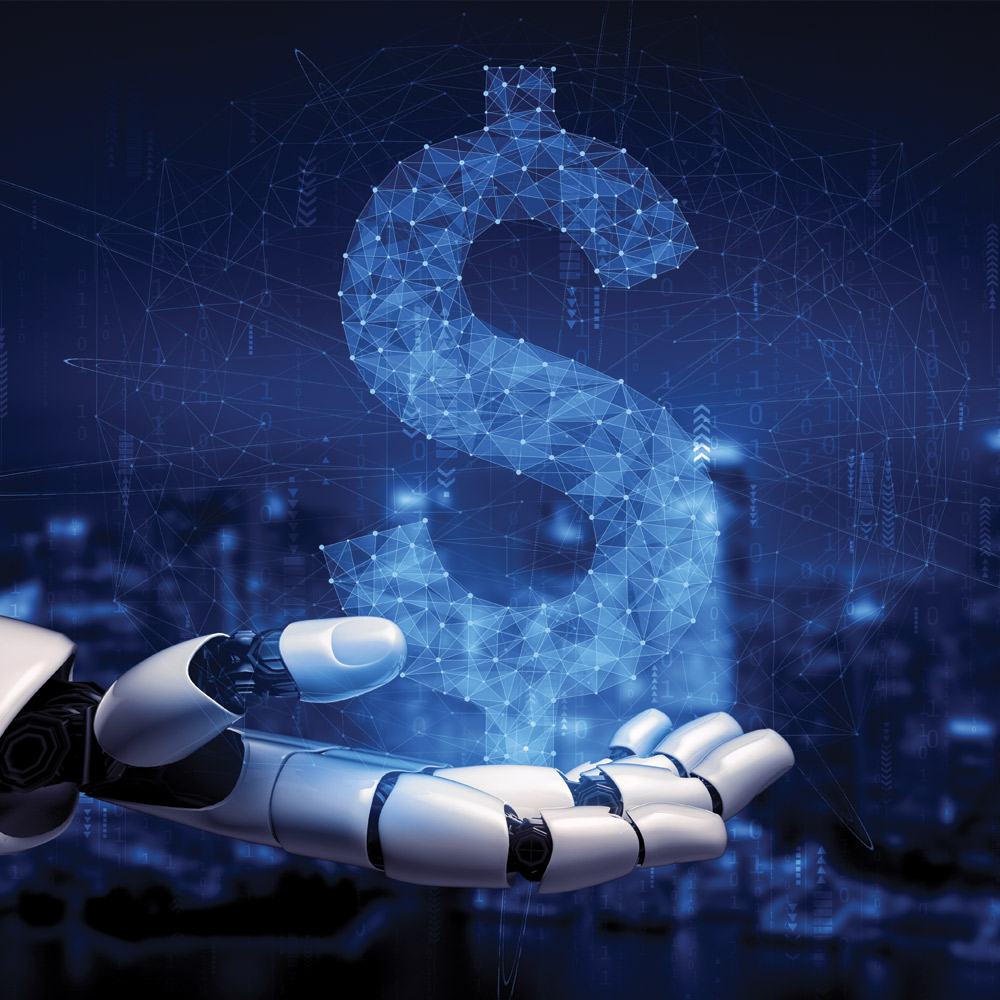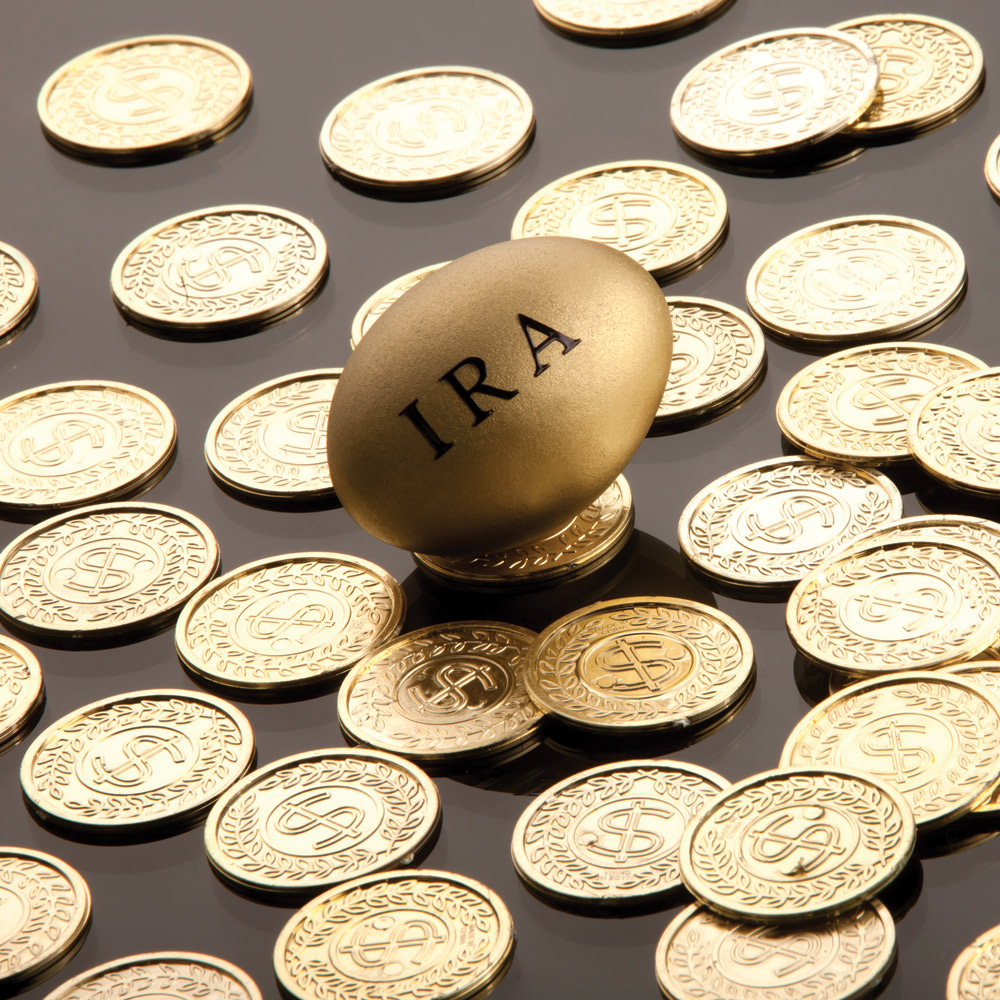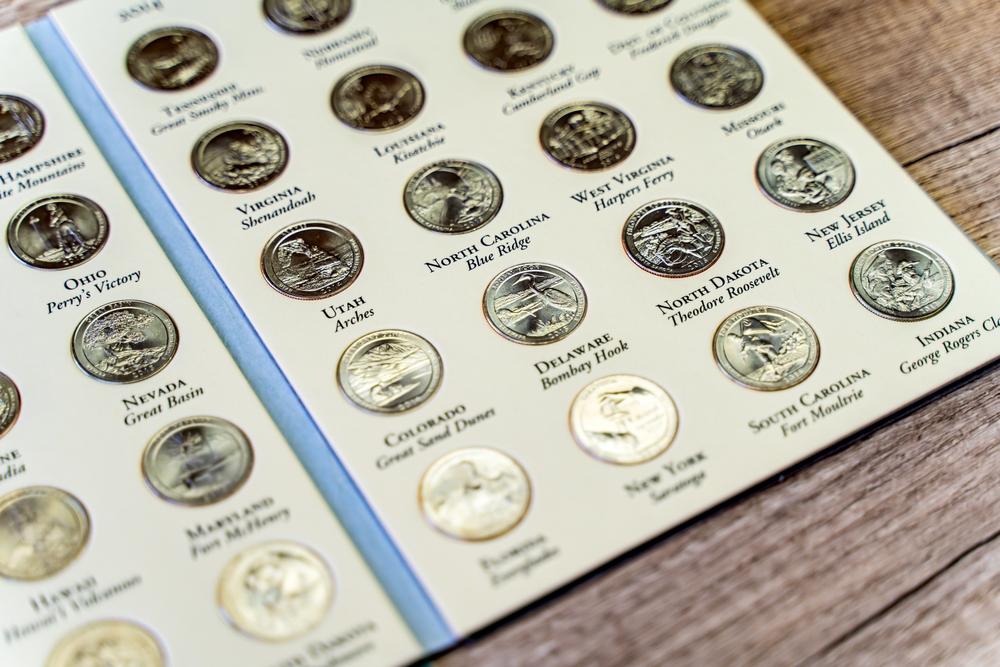
Coin collecting is a fascinating hobby that offers both enjoyment and potential financial rewards. Whether you’re drawn to the historical significance, artistic beauty, or the thrill of finding rare pieces, starting a coin collection can be a rewarding endeavor. Here’s a comprehensive guide to help you begin and grow your coin collection.
1. Understanding the Basics of Coin Collecting
Why Collect Coins?
- Historical Significance: Coins offer a tangible connection to history, representing different eras, cultures, and significant events.
- Artistic Value: Many coins feature intricate designs and craftsmanship, making them miniature works of art.
- Investment Potential: Rare and high-quality coins can appreciate in value over time, providing financial benefits.
Types of Coins to Collect
- Bullion Coins: Made from precious metals like gold, silver, and platinum, valued primarily for their metal content.
- Circulated Coins: Coins that have been used in everyday transactions and may show signs of wear.
- Uncirculated Coins: Coins that have never been in circulation and are typically in mint condition.
- Proof Coins: Specially minted for collectors, with high-quality finishes and detailed designs.
- Commemorative Coins: Issued to mark special events, anniversaries, or figures, often produced in limited quantities.
2. Getting Started: Building Your Foundation
Research and Education
- Read Books and Magazines: Invest in reputable coin collecting books and subscribe to numismatic magazines to expand your knowledge.
- Join Online Forums and Communities: Engage with other collectors to share insights, ask questions, and learn from their experiences.
- Attend Coin Shows and Expos: Visit coin shows and expos to see a wide variety of coins, meet dealers, and participate in educational seminars.
Choosing a Focus
- Set Goals: Decide what you want to achieve with your collection—whether it’s historical significance, investment, or aesthetic enjoyment.
- Specialize: Consider specializing in a particular type of coin, such as ancient coins, coins from a specific country, or coins with a certain theme.
Budgeting
- Start Small: Begin with a modest budget and gradually increase your investment as you gain experience and knowledge.
- Track Expenses: Keep a record of your purchases, including prices and sources, to manage your budget effectively.
3. Acquiring Coins: Where and How to Buy
Reputable Dealers
- Find Trusted Dealers: Purchase from established and reputable dealers, such as Premier Coin Galleries to ensure the authenticity and quality of your coins.
- Seek Recommendations: Ask for recommendations from fellow collectors or consult professional numismatic associations for dealer references.
Auctions and Online Marketplaces
- Use Caution Online: When buying online, use well-known platforms with buyer protections, and research the seller’s reputation and return policies.
Networking
- Join Clubs and Associations: Become a member of coin collecting clubs and numismatic associations to access exclusive resources and networking opportunities.
- Engage with the Community: Build connections with other collectors who can provide valuable insights, advice, and trading opportunities.
4. Caring for Your Collection
Storage and Protection
- Use Proper Holders: Store coins in protective holders, such as coin flips, capsules, or albums, to prevent damage and deterioration.
- Avoid Handling: Handle coins by the edges and avoid touching the surfaces to prevent oils and dirt from damaging them.
- Control Environment: Store your collection in a cool, dry place, away from direct sunlight and humidity, to preserve their condition.
Regular Maintenance
- Clean with Caution: Generally, avoid cleaning coins as it can reduce their value. If necessary, use only appropriate methods recommended by experts.
- Inspect Regularly: Regularly inspect your collection for signs of damage or deterioration and address any issues promptly.
5. Growing Your Collection
Set Long-Term Goals
- Identify Milestones: Set specific milestones for your collection, such as completing a set or acquiring a key coin.
- Evaluate and Adjust: Periodically evaluate your collection and adjust your goals based on your interests and market trends.
Stay Informed
- Follow Market Trends: Keep up with market trends and news to make informed decisions about buying and selling.
- Continue Learning: Continuously expand your knowledge through reading, attending events, and engaging with the coin collecting community.
Invest in Quality
- Focus on Quality: Prioritize acquiring high-quality coins, even if it means buying fewer pieces. Quality coins tend to appreciate in value more than lower-grade ones.
- Seek Expert Advice: Consult with numismatic experts or appraisers to ensure you’re making wise investment choices.
Conclusion
Starting and growing a coin collection is a rewarding journey that combines passion, education, and strategy. By understanding the basics, setting clear goals, acquiring coins from reputable sources, and taking proper care of your collection, you can build a valuable and enjoyable hobby. Whether you’re drawn to the historical stories behind each coin or the potential for financial gain, coin collecting offers something for everyone.
At Premier Coin Galleries, we are dedicated to helping collectors at every stage of their journey. Our experts can provide personalized advice, offer high-quality coins, and support you in building a remarkable collection. Contact us today to start or enhance your coin collecting adventure.
